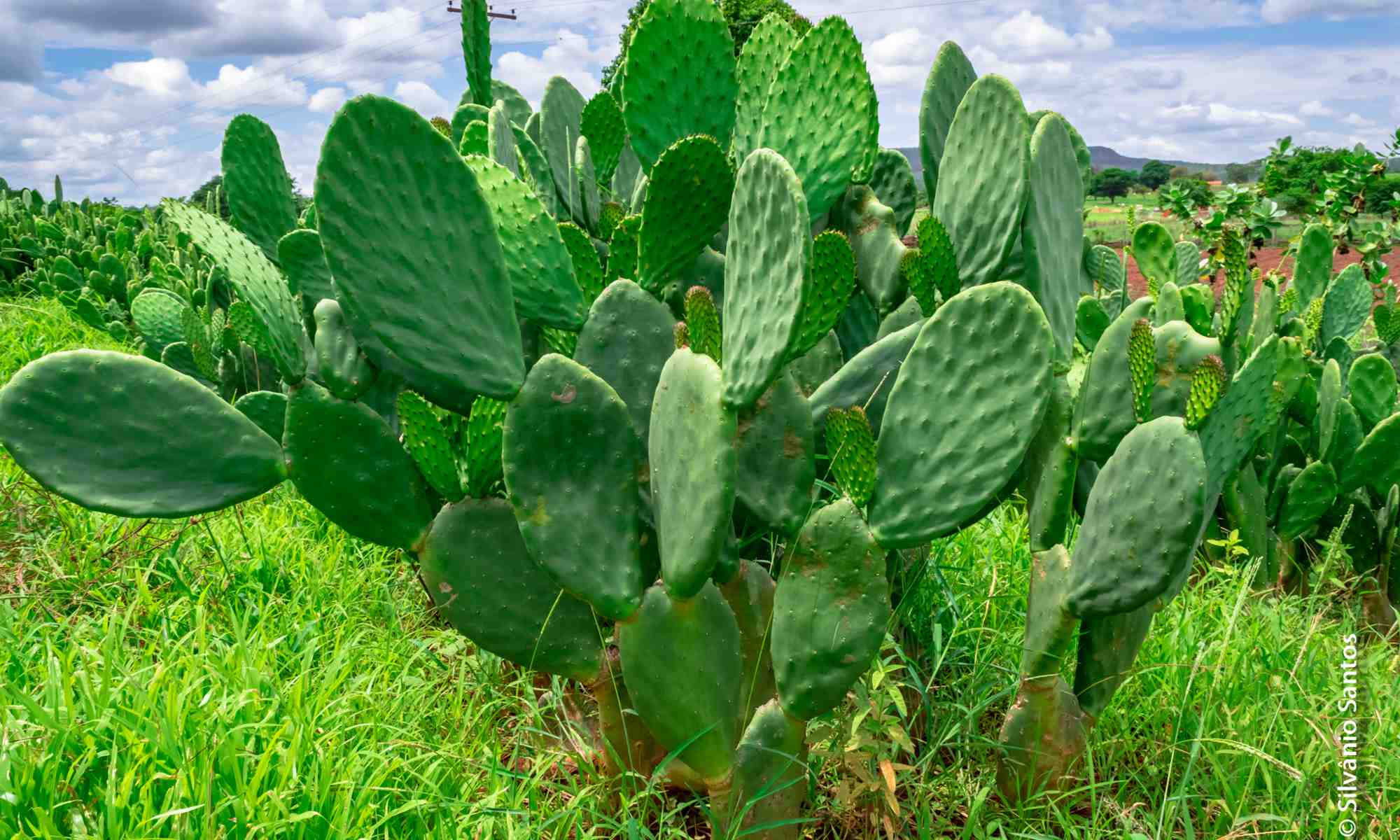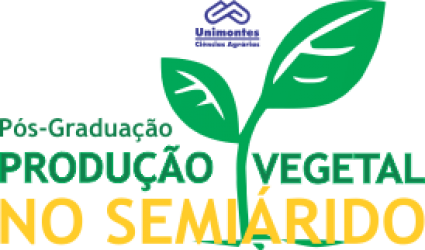- Version
- Download 5
- Tamanho do Arquivo 1.96 MB
- Data de Criação 16/06/2021
- Download
DARIVA, Jeferson Mateus. Fusarioses do maracujazeiro: etiologia e sintomatologia. 2011. 71 p. Dissertação (Mestrado em Produção Vegetal no Semiárido) – Universidade Estadual de Montes Claros, Janaúba, 2011.
O Brasil é o maior produtor mundial de maracujá, e a cultura tem sido explorada em diferentes regiões do país. A ocorrência de doenças tem comprometido severamente a produção, e dentre elas, destacam-se as que afetam o sistema radicular da planta causadas por Fusarium spp.. Estas doenças possuem diferentes nomenclaturas, como murcha, podridão do colo e podridão do pé, ou ainda morte prematura, e têm sido associadas às espécies de Fusarium oxysporum f. sp. passiflorae e F. solani. Estes fungos de solo podem ser confundidos em função dos sintomas reflexos que causam nas plantas. No Norte de Minas os sintomas associados às doenças causadas por estas espécies têm sido frequentemente relatadas, porém não há registro de qual espécie predomina na região. O presente trabalho teve como objetivos: avaliar a patogenicidade e caracterizar morfologicamente os isolados de Fusarium spp. e identificá-los em nível de espécie; caracterizar os sintomas nas plantas de acordo com a espécie; avaliar a variabilidade genética de isolados de Fusarium spp. associados à morte prematura do maracujazeiro. Plantas com sintomas de murcha, encontradas nas principais regiões produtoras do Norte Mineiro, e no município de Sebastião Laranjeira – BA foram coletadas e os tecidos infectados submetidos aos procedimentos de isolamento fúngico. Após isolamento em meio Ágar-Ágar (AA) e armazenamento em meio Synthetic Nutrient-poor Agar (SNA), os isolados foram repicados para os meios Batata Dextrose Ágar (BDA) e SNA, e as características das colônias e das estruturas morfológicas foram avaliadas quanto a variabilidade morfofisiológica permitindo assim a identificação das espécies por meio da chave de classificação. Os isolados foram submetidos a teste de patogenicidade, onde plântulas de maracujazeiro foram inoculadas pelo método de dipping com uma suspensão de esporos contendo 10 5 conídios/mL. As plantas foram avaliadas quanto à incidência da doença, e as raízes de plantas doentes foram submetidas a novo isolamento para confirmação da presença do patógeno. Os sintomas observados no campo e em plantas inoculadas foram descritos e fotodocumentados, e relacionados à espécie do patógeno isolado. Para a avaliação da variabilidade genética dos isolados, os mesmos tiveram seus DNAs extraídos, e submetidos à análise de RAPD e ISSR. Através da contabilização das bandas polimórficas calcularam-se as distâncias genéticas entre os isolados, e partir das distâncias genéticas foi realizada a análise de agrupamento, em um dendrograma utilizando-se Método da Ligação Média entre Grupo (UPGMA). Todos os 50 isolados obtidos foram patogênicos ao maracujazeiro, sendo 13 identificados com F. oxysporum f. sp. passiflorae e 37 como F. solani. Foi possível relacionar alguns sintomas visualizados em plantas coletadas, e em plantas inoculadas, com a respectiva espécie do patógeno. As análises ISSR e RAPD relevaram uma população com alta variabilidade genética intraespecífica, e os dendrogramas formados nas duas análises geraram clusters distintos para F. oxysporum f. sp. passiflorae e F. solani.
Palavras-chave: Fusarium oxysporum f. sp. passiflorae; Fusarium solani; Passiflorae edulis Sims f. flavicarpa
Fusariosis of passion fruit: etiology and symptomatology
Brazil is the world’s largest producer of passion fruit and it has been cultivated in many different regions of the country. The occurrence of diseases has severely damaged its production, and among these diseases, the worst are those which affect its root system caused by Fusarium spp. These diseases have different nomenclatures, such as wilt, stem rot and root rot, or also premature plant mortality, andit has also been associated to Fusarium oxysporum f. sp. passiflorae and F. solani species. These fungi of the soil can be symptomatologically mistaken due to symptom reflections caused on the plant. In the north of the Minas Gerais State, the symptoms associated with the diseases caused by that species of fungus have been reported frequently, though there is no report of which species predominates in this region. The present work aimed to: assess the patogenicity and morphologically characterize the isolates from Fusarium spp. and to identify them by species level; characterize the symptoms of the disease in the plants according to the species; assess the variability of the isolates of Fusarium spp. associated to the premature mortality of the passion fruit plant. Plants with symptoms of wilt, found in the principal regions of production of the North of Minas Gerais and in the county from Sebastião Laranjeira – Bahia State, were collected and their infected tissues were submitted to procedures of fungi isolation. After isolation in an Agar – Agar medium (AA) and stored in a Synthetic Nutrient-poor Agar medium (SNA), the isolates were then transferred for Potato Dextrose Agar (BDA) and SNA and the characteristics of the colonies and their morphologic structures were then assessed as for morpho-physiologic variability, allowing the species identification by means of the classification key. The isolates were submitted to pathogenicity tests, where passion fruit plantlets were inoculated by dipping method with a suspension of spores containing 10 5 conidia / mL. These plants were assessed as for incidence of the disease and the roots of the diseased plants were again submitted to isolation to confirm the presence of the pathogen. The symptoms observed on the field and in inoculated plants were described and photo documented and then related to the isolated pathogen species. For the assessment of genetic variability of the isolates, their DNA was extracted and submitted to RAPD and ISSR analysis. Through accounting of the polymorphic bands, the genetic distances were calculated between the isolates ones and a grouping analysis was performed from these genetic distances in a dendrogram using the Average Connection Method between groups (UPGMA). All of the 50 obtained isolates were pathogenic to passion fruit, being 13 of them identified as F. oxysporum f. sp. passiflorae and 37 identified as F. solani. It was possible to relate some of the symptoms observed in collected plants as well as in inoculated plants with one of the respective pathogen species. The ISSR and RAPD analysis revealed a population with high intra-specific genetic variability and the dendrograms formed from the two analyses generated distinct clusters for F. oxysporum f. sp. passiflorae and F. solani
Keywords: Fusarium oxysporum f. sp. passiflorae; Fusarium solani; Passiflorae edulis Sims f. flavicarpa

